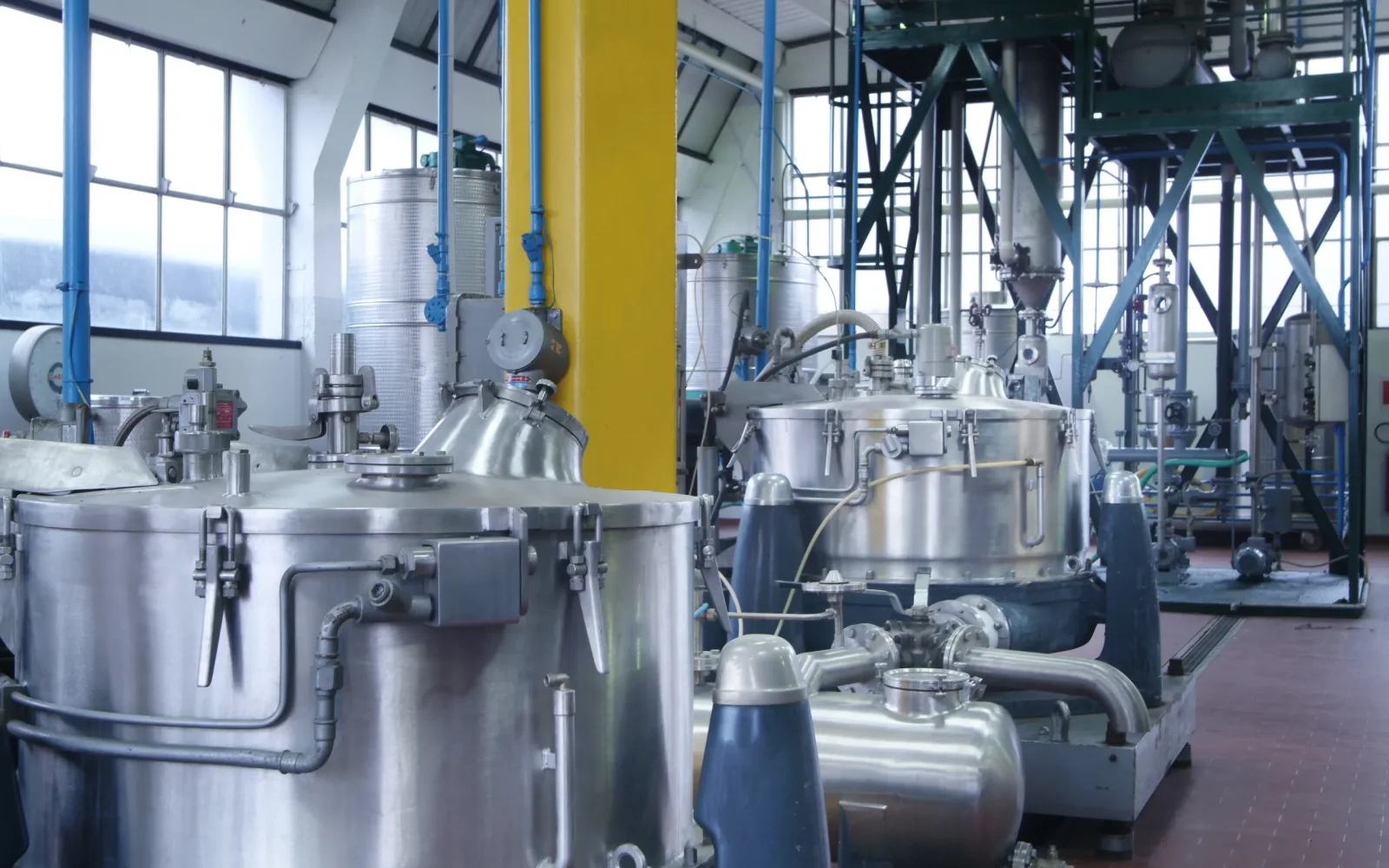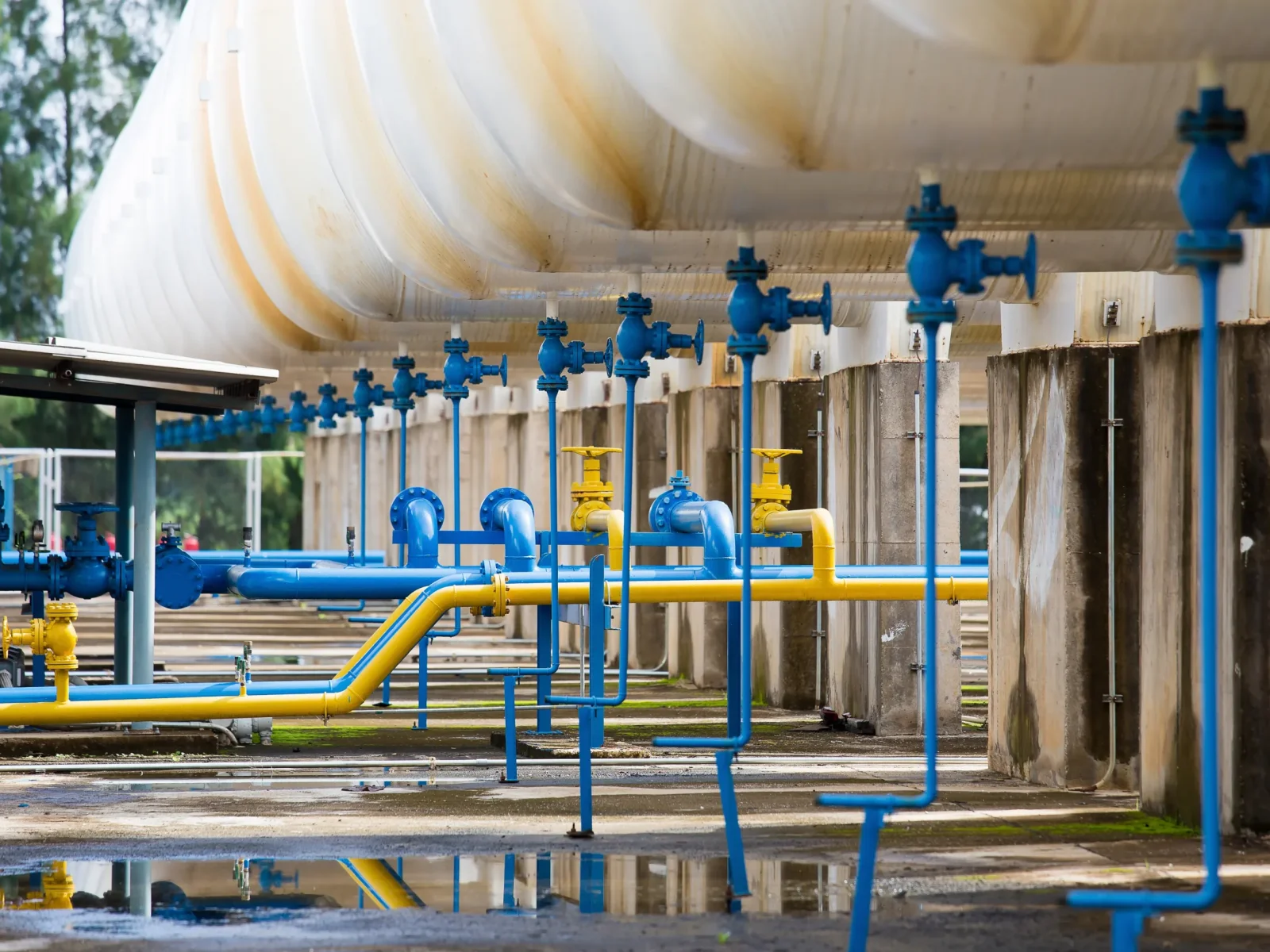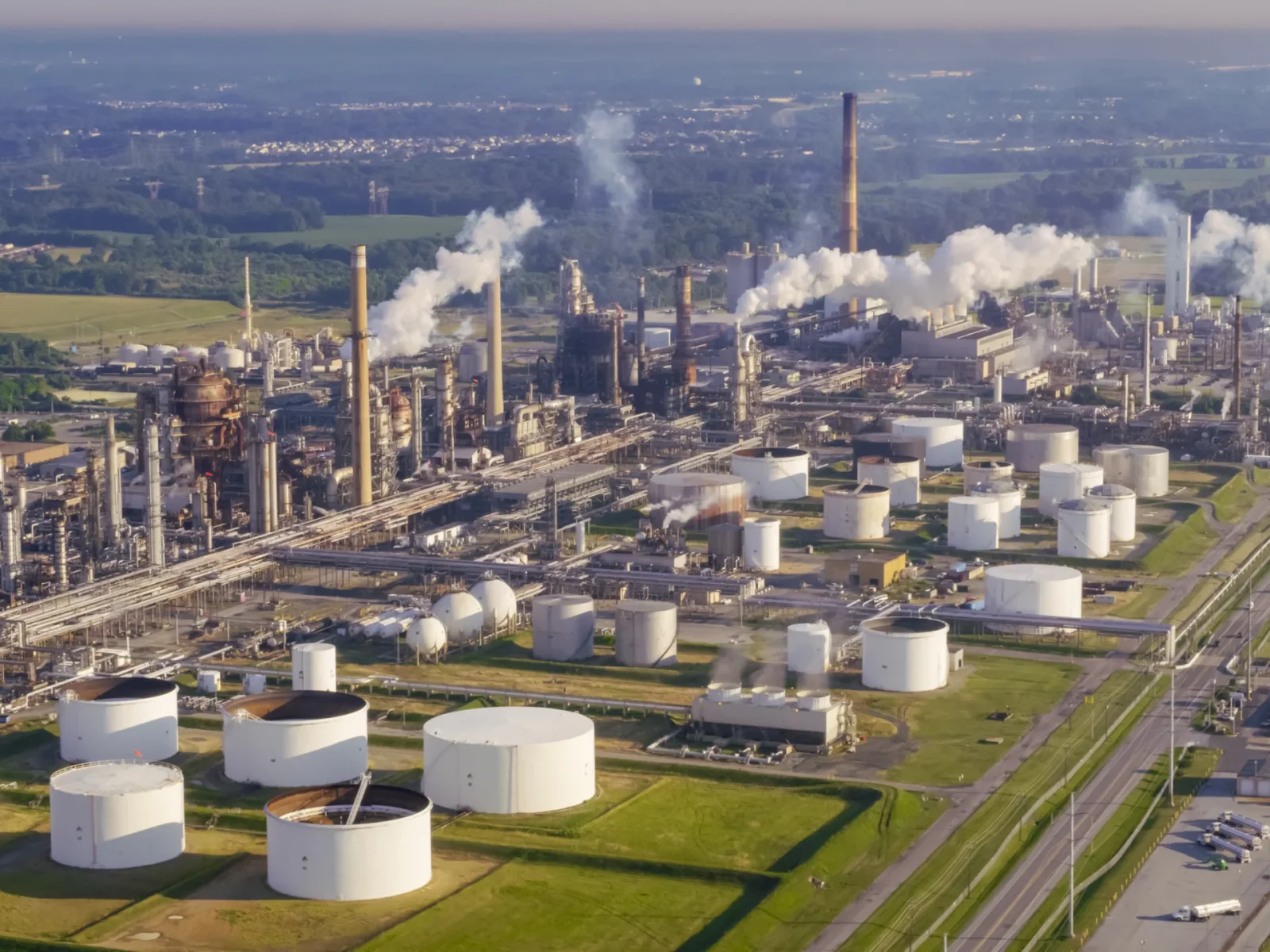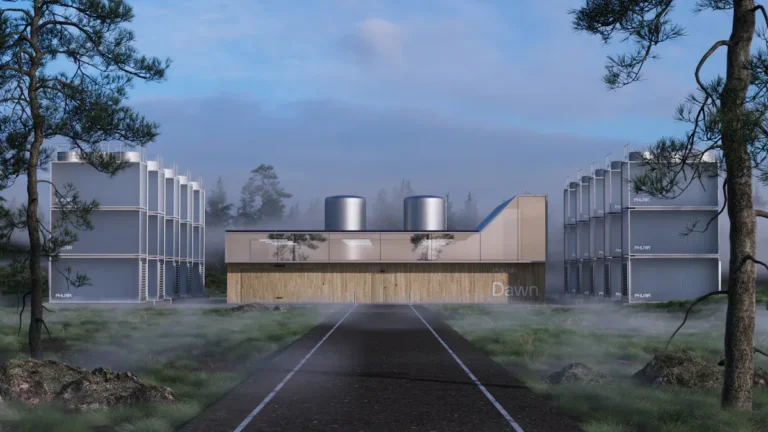Carbone attivo per la rimozione del mercurio
.webp)
Buy Mercury Removal Activated Carbon
Le sfide del settore
Risk of Secondary Pollution
- Saturated activated carbon, as a hazardous waste (with mercury content possibly exceeding 1%), if not handled properly, can lead to the secondary release of mercury. During the regeneration process, mercury-containing exhaust gas may be produced.
Risk of Performance Degradation
- The components such as SO₂ and moisture in the flue gas compete with the surface sites of the activated carbon for adsorption, thereby reducing the mercury removal efficiency. The fly ash clogs the pores of the activated carbon, resulting in a reduction of more than 50% in the specific surface area.
Safety Risk
- Mercury vapor is prone to volatilize at the temperature of activated carbon regeneration (>300℃), posing a threat to the health of operators. The halogens (such as Br) in the modified activated carbon may generate toxic dioxin by-products.
Technical Risk
- High-sulfur flue gas (SO₂ > 1000 ppm) will cause rapid deactivation of sulfur-modified activated carbon, and the adsorption kinetics of Hg⁰ significantly slows down at low temperatures (< 120℃).
tipi di carbone attivo correlati
-r8fslg51nt6wgjtvh6yldxb1gtkgm3lpe0oq1akgog.webp)
- Valore dello iodio: 600-1200
- Dimensione della maglia: 1×4/4×8/8×16/8×30/12×40/20×40/20×50/30×60/40×70 (più dimensione su richiesta)
- Densità apparente: 400-700
-r8fsli0q1h9h3rr567ruiwtynlb71ht629zozuhoc0.webp)
- Valore dello iodio: 500-1300
- Dimensione della maglia: 0.9-1mm/1.5-2mm/3-4mm/6mm/8mm (più dimensione su richiesta)
- Densità apparente: 450-600
-r8fslbfupn0gui0p8mxgjghqhw7mjm31pdfamwrfjk.webp)
- Valore dello iodio: 500-1300
- Dimensione della maglia: 150/200/300/350 (altre dimensioni su richiesta)
- Densità apparente: 450 - 550
-r8fsle9da54btbwls65c8xs4a1tq6pe8prdr2qn90w.webp)
- Valore dello iodio: 400-800
- Dimensione della maglia: 100×100×100mm/100×100×50mm (densità cellulare personalizzata su richiesta)
- Densità apparente: 350-450
- Diametro del foro: 1,5-8 mm

- Valore dello iodio: 700-1200 mg/g
- Superficie: 700-1200 m²/g
- Densità apparente: 320-550 kg/m³

- Valore dello iodio: 700-1200 mg/g
- Superficie: 700-1200 m²/g
- Densità apparente: 320-550 kg/m³

- Valore dello iodio: 700-1200 mg/g
- Superficie: 700-1200 m²/g
- Densità apparente: 300-650 kg/m³

- Valore dello iodio: 700-1200 mg/g
- Superficie: 700-1200 m²/g
- Densità apparente: 320-550 kg/m³

- Metodo di attivazione: Attivazione a vapore/gas ad alta temperatura
- Struttura dei pori: Dominata da microporosità, distribuzione uniforme dei pori
- Profilo ambientale: Senza sostanze chimiche, a basso contenuto di ceneri
- Applicazioni primarie: Adsorbimento in fase gassosa, purificazione dell'acqua potabile

- Metodo di attivazione: Attivazione chimica (ad es. H₃PO₄/ZnCl₂) a temperature moderate.
- Struttura dei pori: Ricca di mesopori, area superficiale più elevata
- Efficienza del processo: Tempo di attivazione più breve, resa superiore 30-50%
- Post-trattamento: Lavaggio acido necessario per rimuovere i residui

- Funzionalizzazione: Carica di agenti attivi (ad esempio, I₂/Ag/KOH).
- Assorbimento mirato: Maggiore cattura di inquinanti specifici (ad esempio, Hg⁰/H₂S/gas acidi).
- Personalizzazione: Ottimizzato chimicamente per i contaminanti target
- Applicazioni principali: Trattamento dei gas industriali, protezione CBRN
Perché utilizzare il nostro carbone attivo

Precisely Customized Mercury Removal Solution:
1. For coal-fired power plants: High-sulfur tolerant modified carbon (maintains 90% efficiency even when SO₂ concentration exceeds 2000 ppm).
2. For waste incineration: Bromine-sulfur dual-modified carbon, simultaneously treating Hg⁰ and dioxins.
3. For non-ferrous metal smelting: Ag-Ce loaded carbon, suitable for ultra-high mercury concentrations of 10 to 50 mg/m³

Environmental Compliance and Resource Recycling Yield Double Benefit:
1. The emissions are ensured to meet the strictest standards.
2. The accompanying condensation purification device can recover 99.9% of high-purity mercury.

Revolutionary Cost-saving apabilities:
1. The total cost for mercury treatment has been reduced by 60%.
2. The microwave-acid washing combined process enables activated carbon to be reused 8 to 10 times, reducing the annual carbon consumption by 70%.
Processo e tecnologia
1.Physical Adsorption Method
Panoramica della soluzione
The physical adsorption method is the basic form of mercury removal by activated carbon. It captures mercury (Hg⁰) solely through the pore structure and surface physical properties of the activated carbon, without the need for chemical modification.

Vantaggi principali
- Environmentally friendly: No introduction of substances such as sulfur and halogens that may cause secondary pollution. No risk of by-products. Avoid the problem of dioxin generation from brominated carbon.
- Ease of operation: No need for activation pre-treatment. It can be put into use directly after opening the box. The system is simple. The spraying system only requires a storage tank and a fan. The fixed bed does not require any additional oxidation equipment.
- Reliable basic performance: It can complete a single adsorption process within 0.1 seconds and can simultaneously remove some organic pollutants.
- Technical flexibility: It can be used as a pre-treatment process. First, physical adsorption is employed to reduce the load, and then chemical adsorption is applied for deep purification.
2. Chemical Modified Activated Carbon Method
Panoramica della soluzione
The chemical modification of activated carbon method is a technical approach that enhances mercury removal efficiency by chemically treating the surface of activated carbon to endow it with the ability to specifically adsorb or catalytically transform mercury.

Vantaggi principali
- Ultra-high mercury removal capacity: The mercury adsorption capacity of the modified activated carbon can reach 5-50 mg Hg/g (while the ordinary carbon has only 0.1-0.5 mg/g), and the removal rate of Hg⁰ is over 90%
- Multi-functional collaborative purification: Sulfur-modified activated carbon can adsorb over 90% of As/Se, while halogen-modified activated carbon can degrade dioxins (with removal rate > 80%)
- Economic and environmental protection features: The metal-loaded carbon can be recycled 5-8 times. The mercury purity recovered through thermal regeneration is > 99.9%. The mercury enrichment capacity of the modified carbon reduces the amount of waste carbon by 80%.
- Strong technological scalability: Selecting the appropriate modifier based on the characteristics of the flue gas, and dynamically adjusting the injection volume through online mercury monitoring. The MOFs/activated carbon composite material can increase the adsorption capacity to over 100 mg/g.
3. Composite Processing Method
Panoramica della soluzione
The composite process method involves combining activated carbon with other purification technologies to create a synergistic mercury removal system, thereby overcoming the limitations of a single technology.

Vantaggi principali
- Efficiency doubled: The SCR + activated carbon process has increased the Hg⁰ removal rate from 40% in the case of SCR alone to 95%. The O₃ oxidation + activated carbon process achieves a removal rate of over 99% for difficult-to-treat Hg⁰.
- Cost Optimization: The combined electrostatic dust removal system can reduce the consumption of activated carbon by 50%, and by utilizing the existing denitrification/desulfurization equipment, the investment can be saved by more than 30%.
- Enhanced anti-interference: Pre-desulfurization (such as wet desulfurization) can eliminate the influence of SO₂ on activated carbon, and pre-dust removal (such as bag filters) can prevent fly ash from blocking the pores of the carbon.

